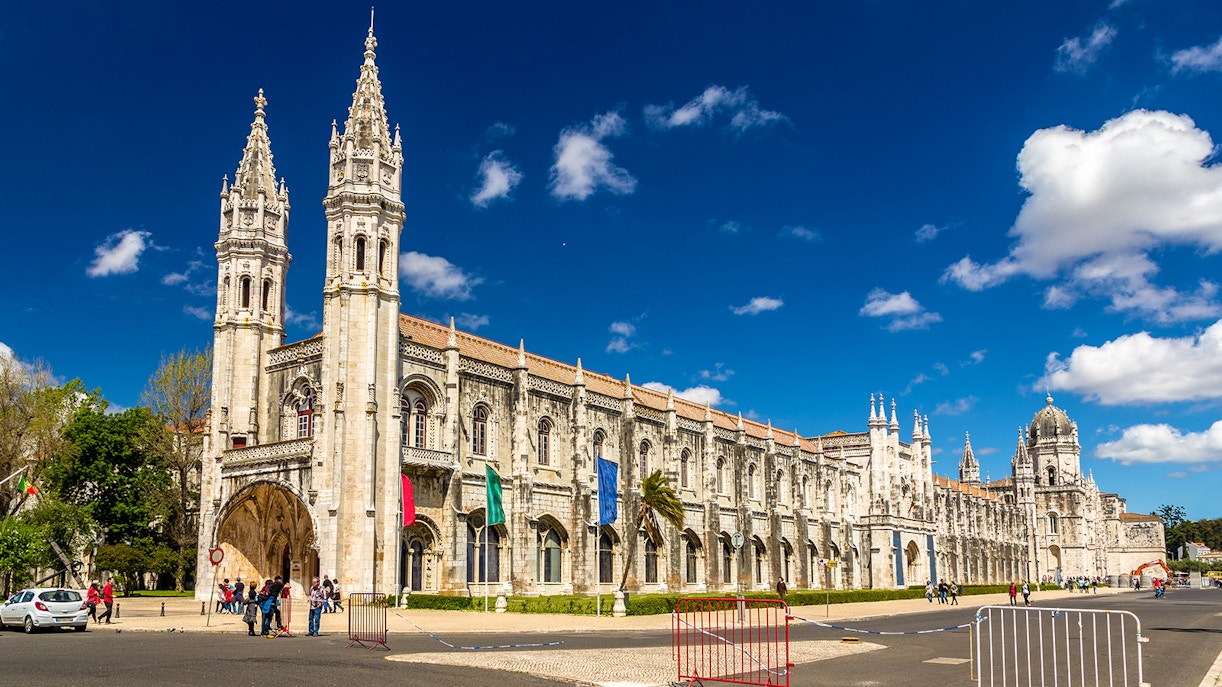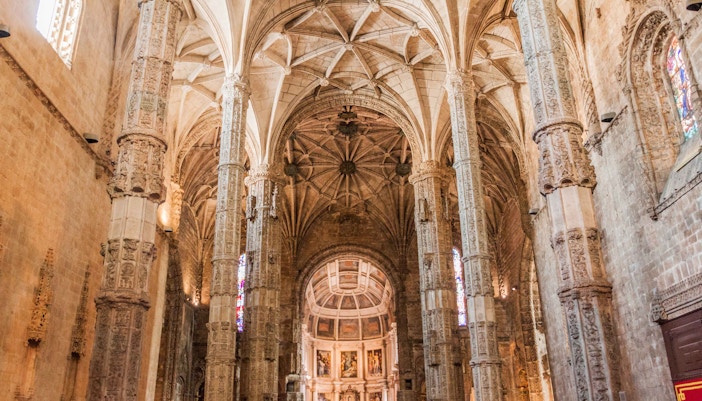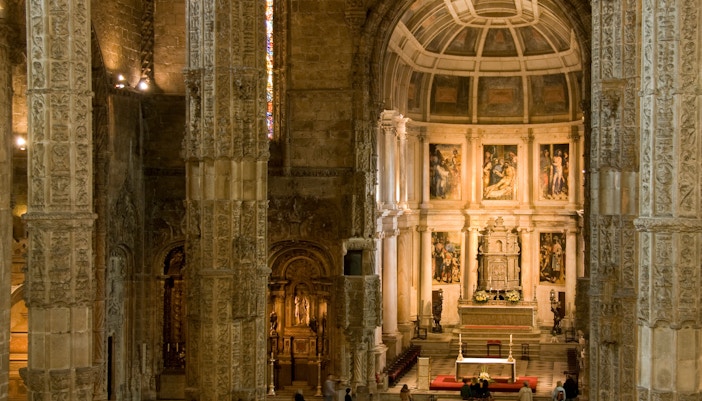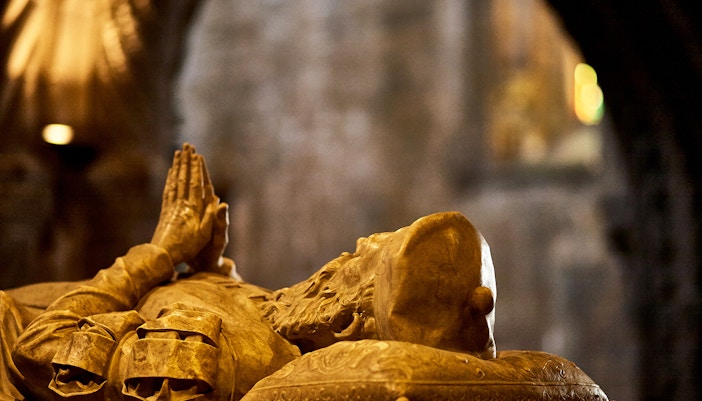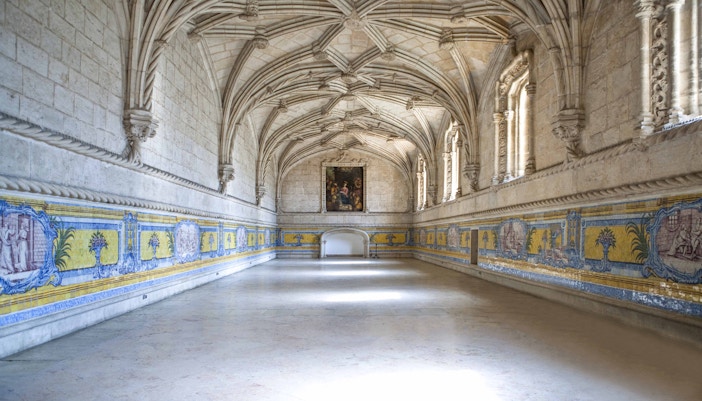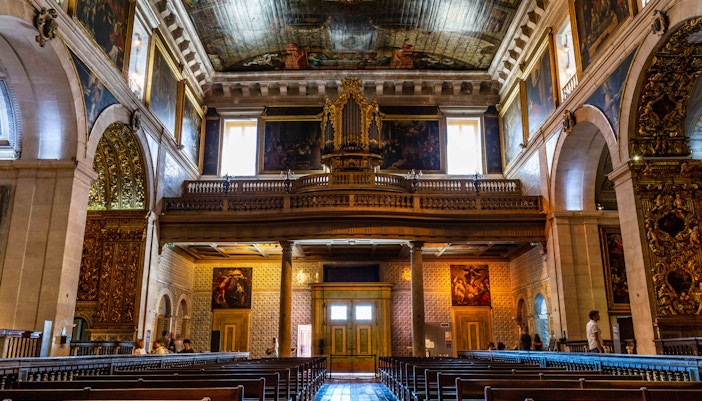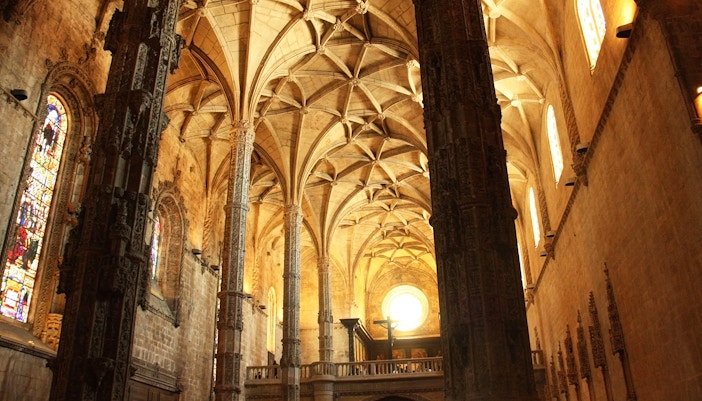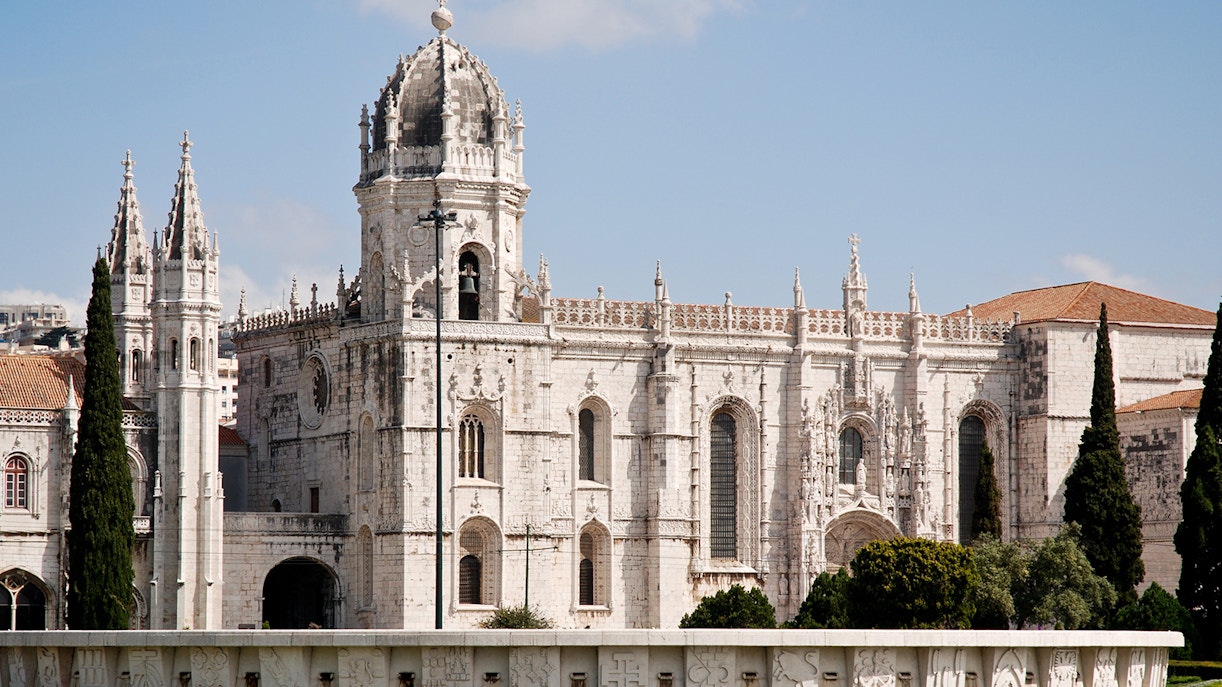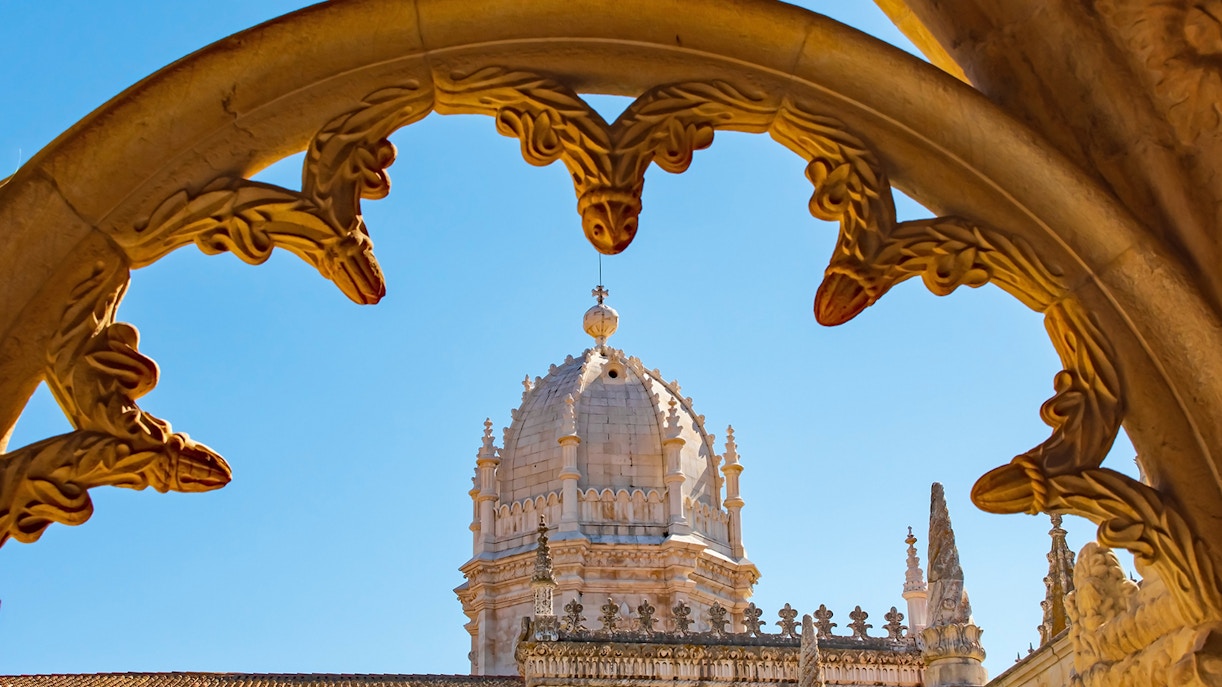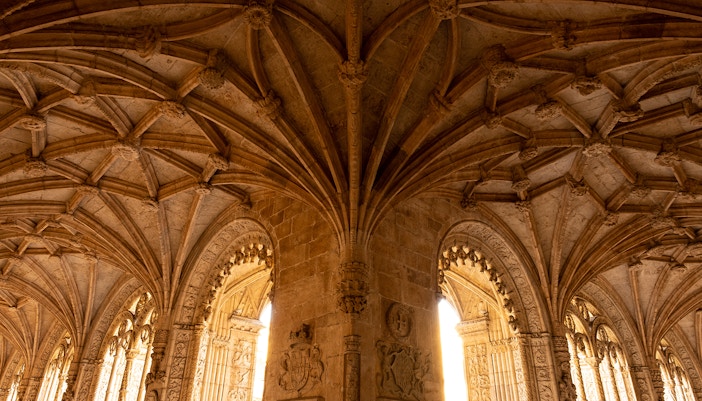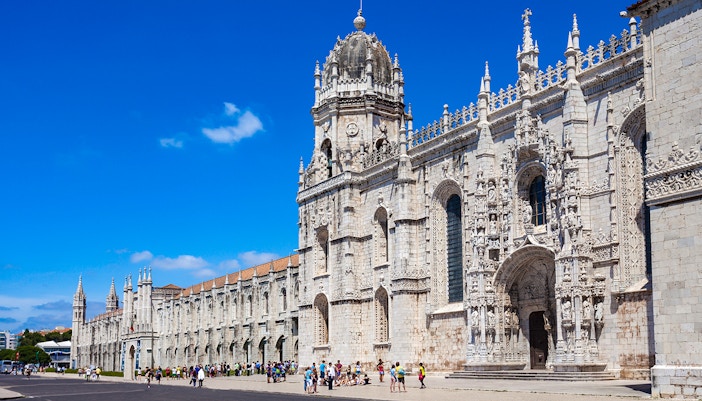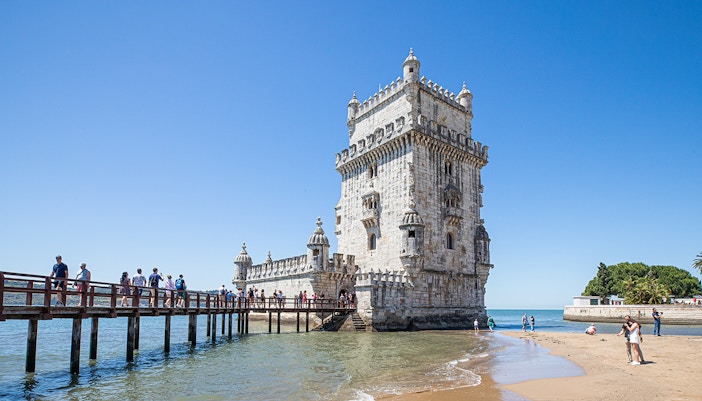The Jerónimos Monastery is regarded as one of the most stellar examples of Portuguese architecture. It is the final resting place of many famous Portuguese personalities like Vasco da Gama, Luís de Camões, King Manuel I and King John III of Portugal. It took more than 100 years to complete the construction of the monastery. You will find many themes in the structure, including Renaissance, as many artists contributed to making the Jerónimos Monastery.
Over the years, the monastery survived significant damages but stood strong through the centuries. Many restoration works were held to protect the original construction material used that gave the monastery its elegant look. Till today, events of historical importance are held inside the Jerónimos Monastery, like the Treaty of Lisbon signed on 13th December 2007.
